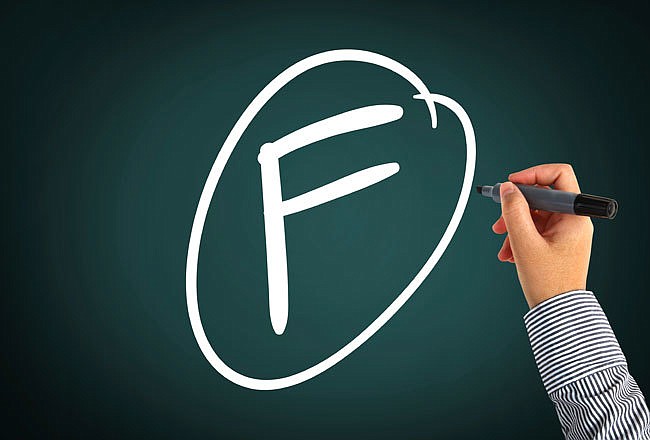- December 23, 2024
-
-
Loading

Loading

It had to be one of her funnier comments of sarcasm, cynicism and honesty — as only former state Sen. Nancy Detert of Sarasota can deliver.
In an interview soon after she completed her final legislative session in early 2016, Detert reflected with us on her 16 years in the Florida House and Senate. She was lamenting the (declining) quality of freshmen lawmakers elected in recent years, noting — and this was the line — “how they all want to reform the state education system in their first year.”
That comment came to mind this week when we started examining one of the hot education topics in the Legislature this spring: “Schools of Hope.”
They do that in the Legislature and Congress. They make up what they think are catchy names, rather than refer to their bills by number. It sounds much more magnanimous and dramatic to argue on the House and Senate floors how your “Schools of Hope” bill is going to save public education than it is to argue how HB 5105 will save the education world.
Pardon our cynicism here, but it’s deserved, especially when you wade through HB 5105, dubbed the “Education Improvement” bill. The “Schools of Hope” are a substantial part of the bill.
When you read the staff analysis of that bill, it would take you only a few minutes to conclude this is the quintessential, colossal example of how legislators and the state centralized Department of Education bureaucracy always attempt to micromanage how schools are operated at the local level. And we all know that micromanaging public schools from the state capital is one of the chief inhibitors to having a superior public education system.
Let’s see if we can crystallize what they’re attempting to do:
The problem lawmakers are hoping to solve is how to turn Florida’s 103 D- and F-rated public schools (out of the state’s 4,200 public schools) into C or better schools; and how to give the students in those failing schools options to attend better schools.
The House budget, at this point, is allocating $200 million for what are being called “Schools of Hope” — a new type of state-approved charter schools.
Bear with us here. To make the point of this bill’s ridiculousness, read the following requirements the state would impose for a “hope operator,” to be granted permission to operate a School of Hope:
First, a “hope operator” must be a nonprofit organization that operates three or more charter schools with a record of serving students from low-income families. The past performance of this organization would then have to meet or exceed these additional criteria:
OK, a couple of those make sense. But talk about a plan that’s highly unlikely to succeed.
Good luck finding a not-for-profit, charter school operator that can thread all of those needles.
And, of course, you can see the bias here against for-profit school operators. What’s the difference between contracting with a not-for-profit school operator or with a private group if the cost and results are the same?
At this point in the legislative session, no one can say whether “Schools of Hope” will become law. But this particular effort, especially when you examine what happens when there is a failing public school (see above), reveals one of the fatal flaws of managing schools from the capital: the extraordinary bureaucratic process.
If a business unit of a large corporation is failing, the responsibility typically falls on the unit’s leader. To turn the operation around, you start there. You don’t take three years and dozens of corporate-office forms to fill out to implement a plan.
If a school is failing, the turnaround should be managed at the local level. That’s why we have county school boards and superintendents.
This idea doesn’t offer much hope.